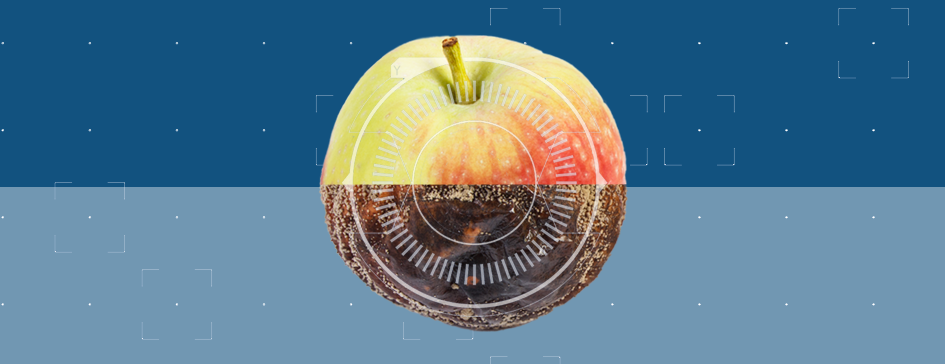
Managing fresh products in a grocery store can be a delicate balancing act. You want to stock enough carrots, strawberries, lettuce and other produce to meet demand. But if you order more than what customers want, you might end up with rotten food and incur losses or If you keep less inventory, this time your customers will not find what they are looking for and dissatisfaction will increase.
Also It’s no surprise that consumers also changed their consumption habits during that time and shifted their priorities when it came to fresh food. As many people continue to work from home and because fresh food is seen as a driver of health and wellbeing, fresh fruits, vegetables, and dairy products consumption increased.
Recent research shows that 10% of the fruits and vegetables found in the groceries become waste. The world’s fresh food waste problem is bigger than we thought. FDA research only magnifies the importance and urgency of this problem. And financially, wasted fresh food equals money in the trash. According to Refed, a non-profit organization dedicated to fighting food waste in the U.S., food waste costs retailers about $18.2 billion a year.
The problem is, traditional inventory planning systems taking a fixed, rule-based approach to demand forecasting and replenishment no longer work well with fresh food. That’s because fresh is complicated. It’s like a complex supply chain puzzle to solve. The item conditions change from day to day. Each product has a different shelf life and can vary from store to store. It is almost impossible to follow this with the human eye and to plan the stock by producing a result from the observations of the employees.
This is where Computer Vision and AI come into play. First of all, it is necessary to observe fresh foods 24 hours a day, seven days a week. It is possible to do this only with the cameras in the store. However, the images taken from these cameras need to be analyzed with advanced image processing technologies.
Thanks to the advanced image processing algorithms developed by Cognitiwe, we can track which fresh food are instore display and the quantity of them. If the amount falls below a certain rate, instant information can be given to the store managers.
However, the most important benefit comes from the processing of data obtained from images collected from hundreds of stores during the day, as well as data obtained from other external sources, such as ambient temperature. Machine Learning algorithms developed by Cognitiwe can easily track the stock changes of products during the day, which fresh food is on display for how long, and even after how long it starts to rote.
After analyzing all these, we have the following data:
- For each store, we have information about the stock changes of fresh foods during the day.
- For each store, there is information about which product is on display for how long.
- For each store, there is information about which product starts to rot after how long.
Thanks to all this information, it becomes possible to make predictive analyzes. For example, if bananas are sold less in store X, the amount of bananas that should be put on the display can be recommended by the system.
Thanks to all these analyzes and foresights, it is ensured that the fresh foods are not out of stock, are on display at the right time and do not rot.
